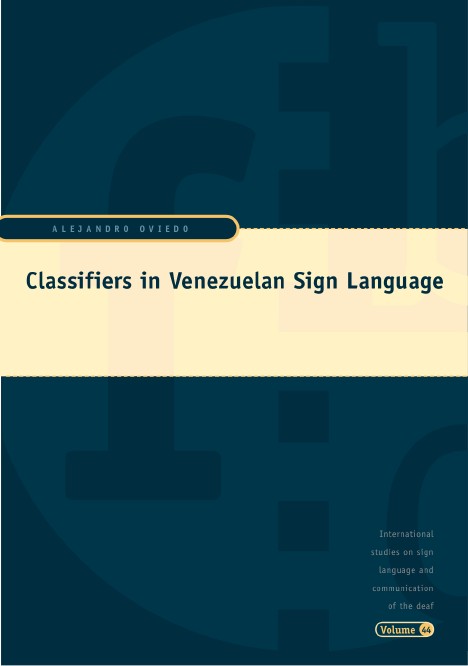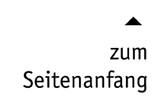
Contents
Preface
Introduction
|
Classifiers in Venezuelan Sign Language
This book deals with classifiers which are a group of Venezuelan Sign Language (LSV) signs. Classifiers have also been observed and described in sign languages from many other countries. The formal parts of these signs (i.e. their handshapes, movements, locations, etc.) iconically correspond to the meanings they convey, which allows signers to elaborate visually transparent representations of the spatial activity of entities and the physical aspect of objects. This transparency is evident even to people who are not familiar with sign languages, which means that classifiers cannot easily be described in the usual way of traditional linguistic categories.
Scholars are not yet in agreement as to how to describe classifiers. There are two aspects in the description of classifiers which have proved particularly interesting: the first is how to arrange classifiers into fixed and well-defined categories; the second concerns the discussion about their semiotic nature. Although early studies have stirred up some discussion about this semiotic nature, the mainstream of sign linguistics seems to have reached a general agreement considering classifiers as purely linguistic signs, produced and understood by means of strictly grammatical principles. This position has been defended despite the evident obstacles encountered in the course of analysis of the data. More recently, a small group of scholars has called this analysis into question by proposing that classifiers reveal interesting aspects of sign languages that are not shared by spoken languages.
This book attempts to apply some of these new theoretical tools to make an initial description of LSV classifiers. In LSV, many signs (not only classifiers) show a tendency to incorporate visual-gestural information in order to create perceivable iconic/analogue representations of the reality. This incorporation is context-dependent, but at the same time ruled by the grammar of the language. In LSV, classifiers as well as and some other kinds types of signs undergo changes of form that do not receive a phonological specification, i.e., the forms they adopt are not predictable. Nevertheless, all forms resulting from such changes are comprehensible. The mechanisms underlying the production and comprehension of these changes are characterised by the incorporation of iconic or deictic gestural features into the structure of the signs.
The book has been divided into seven chapters. Chapter 1 offers general information about Venzuela and its Venzuelan Sign Language. Chapter 2 presents details of methodological aspects of the work, in particular the transcription systems used throughout. In Chapter 3, a general presentation of LSV classifiers in four groups is made and commented on, along with definitions based on their formal and semantic characteristics. The criteria justifying this approach are borrowed from various scholars and are in line with most of the descriptions of classifiers proposed for other sign languages. Chapter 4 summarizes the current theoretical discussion on the semiotic nature of signed classifiers. Chapters 5 and 6 analyse LSV data under the assumption that signs incorporate gestures into their structures so that iconic representations of the world are made possible. Data is also presented in these last two chapters that shows that this characteristic of classifiers is also shared by many other types of LSV signs. Finally, in Chapter 7, general conclusions from the study will be offered.
The data discussed here are presented by means of a transcription system whose interpretation may at first be difficult for readers who are unfamiliar with it. In order to facilitate understanding the transcriptions, many signs are also illustrated, and the relevant aspects of the corresponding transcriptions are explained in the text.
Alejandro Oviedo: Classifiers in Venezuelan Sign Language. Broschur / Paperback, i-viii + 200 Seiten, Signum 2004, ISBN 978-3-927731-94-3. EUR 22,00
|

